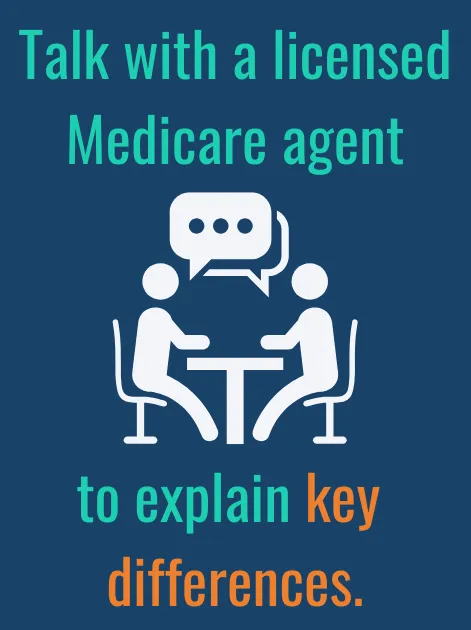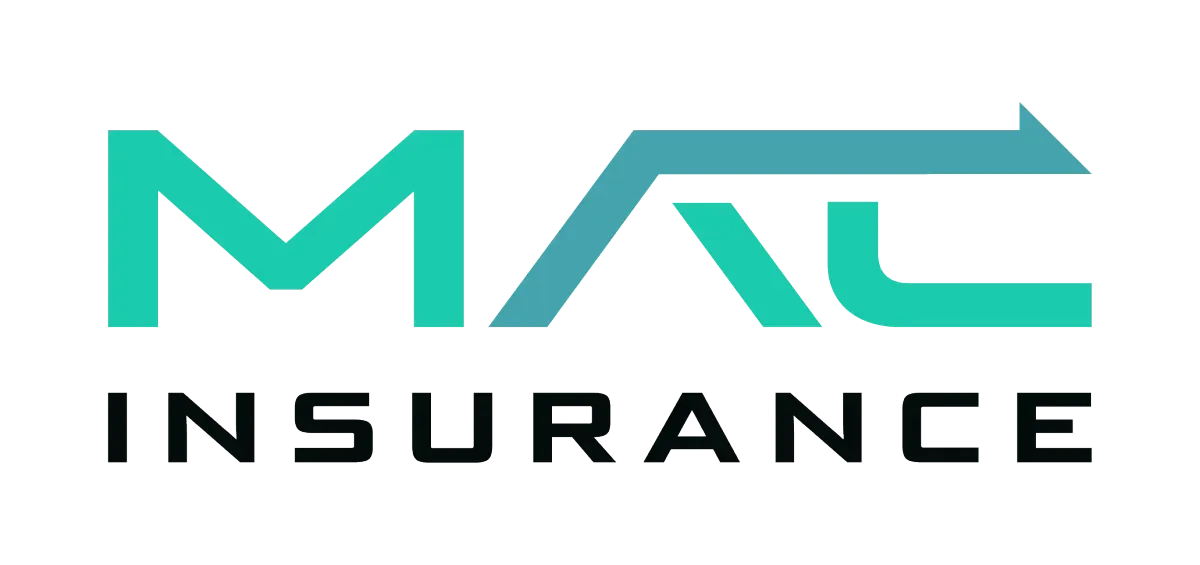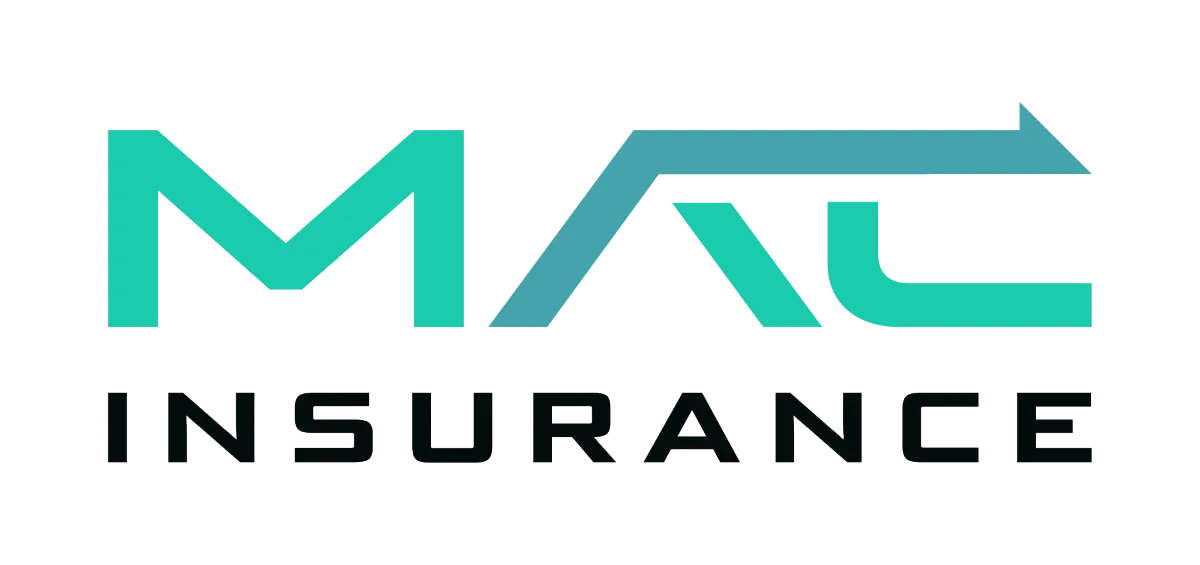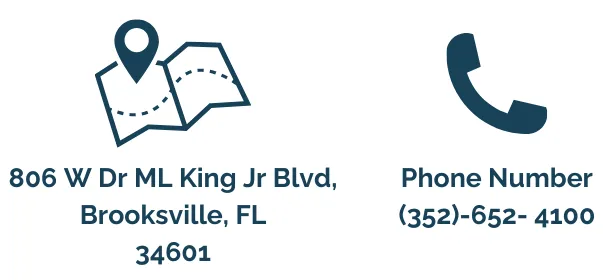Medicare Advantage Private Fee-for-Service
Private Fee-for-Service (PFFS) plans are a type of Medicare Advantage plan offered by private insurance companies. They provide the same coverage as Original Medicare (Part A and Part B) and may include extra benefits. These plans give you more flexibility in choosing healthcare providers and services.

How does a Medicare Advantage Private Fee-for-Service plan work?
With a PFFS plan, you don’t need to pick a primary doctor or get a referral to see a specialist.
Here’s what you should know:
● Some plans have a network of doctors and hospitals, so check with a Medicare agent to confirm.
● You can see doctors outside the network if they accept the plan’s payment terms—always ask first.
● Non-network doctors can decide whether to accept the plan each time you visit.
● You must have Medicare Parts A and B to join.
● You’ll pay your Part B premium and possibly an extra premium for the PFFS plan.
Unlike other Medicare plans, PFFS plans let the insurance company decide how much it will pay providers and how much you’ll pay for services.
What does a Private Fee-for-Service plan cover?
A PFFS plan is a Medicare Advantage plan that offers extra benefits not included in Original Medicare. Depending on your plan and location, benefits may include dental, vision, hearing aids, fitness programs, transportation, and more. Many PFFS plans also cover prescription drugs (Part D), but if yours doesn’t, you’ll need a separate Part D plan.
What is the difference between PFFS, HMO, and PPO?
The primary difference with a PFFS plan is that the insurance company decides how much it will pay your healthcare provider and how much you will pay for covered services. In contrast, Medicare sets the payment rates for other plans.
Here are the key differences between PFFS and other Medicare Advantage plans:
● No Network: PFFS plans typically don’t have a network of providers. They work with any Medicare-approved healthcare provider who accepts the plan’s payment terms.
● Advance Coverage Decision: If a medically necessary service isn’t covered, you can request an “advance coverage decision.”
● Prescription Drug Coverage: PFFS plans usually include a prescription drug plan, but if not, you can add a separate Medicare Part D plan. This is not possible with HMO or PPO plans that don’t include Part D coverage.
● Provider Confirmation: You may need to confirm before each visit whether a healthcare provider will cover the service under your plan.
It’s important to consult with a licensed Medicare insurance agent to understand the key differences in the plans available in your area before making a decision on the best option for you.
Medicare Advantage
COMPARE
COST OF PLANS...
We have helped thousands of Medicare beneficiaries all over the United States, and now we want to help you.
When can I enroll in a PFFS?
You can enroll in a Medicare Advantage PFFS plan during these periods:
Initial coverage election period (ICEP) — Starts 3 months before your 65th birthday and ends 3 months after. If you qualify due to disability, it begins in your 25th month of receiving Social Security benefits.
Annual election period (AEP) — From October 15 to December 7, you can enroll, switch, or drop plans. Coverage starts January 1.
Medicare Advantage Open Enrollment Period — Allows you to switch Advantage plans or return to Original Medicare.
Special Election Period (SEP) — Certain life events, like moving or qualifying for extra help, may let you change plans. A licensed agent can help determine if you qualify.
Learn More About
PRIVATE FEE-FOR-SERVICE PLANS (PFFS)
Private Fee-for-Service (PFFS) plans are Medicare Advantage plans that let you see any provider who accepts the plan’s terms. They cover everything Original Medicare does and may offer extra benefits like dental, vision, and drug coverage.
Once you’ve made your choice, we’ll assist with enrollment and handle all the necessary paperwork. Our support continues beyond enrollment—we'll check in during key enrollment periods to ensure you still have the best coverage. And the best part? These services come at no cost to you.
ADDITIONAL QUESTIONS TO BE ADVISED ON:

How does a PFFS plan work compared to other Medicare Advantage plans?
A PFFS plan lets you see any doctor who accepts it. No referrals are needed, but costs vary since providers can choose to accept the plan each visit. Some include drug coverage; others don’t.
What out-of-pocket costs should I expect (premiums, copays, deductibles)?
A PFFS plan may have premiums, copays, deductibles, and coinsurance. Costs vary, especially if a provider doesn’t accept the plan’s terms.
Are prior authorizations required for certain services?
Some PFFS plans may require prior authorization for certain services. Check your plan details to confirm.
How do emergency and urgent care services work under a PFFS plan?
A PFFS plan covers emergency and urgent care anywhere, even if the provider doesn’t accept the plan’s terms.
📩 Contact us today and let us represent you for FREE!
We are not connected with or endorsed by the United States government or the federal Medicare program. We do not offer every plan available in your area, and any information we provide is limited to those plans we do offer in your area. Please get in touch with Medicare.gov or 1-800-MEDICARE to get information on all your options.
Copyright © 2025 MAC Insurance. All rights reserved.






